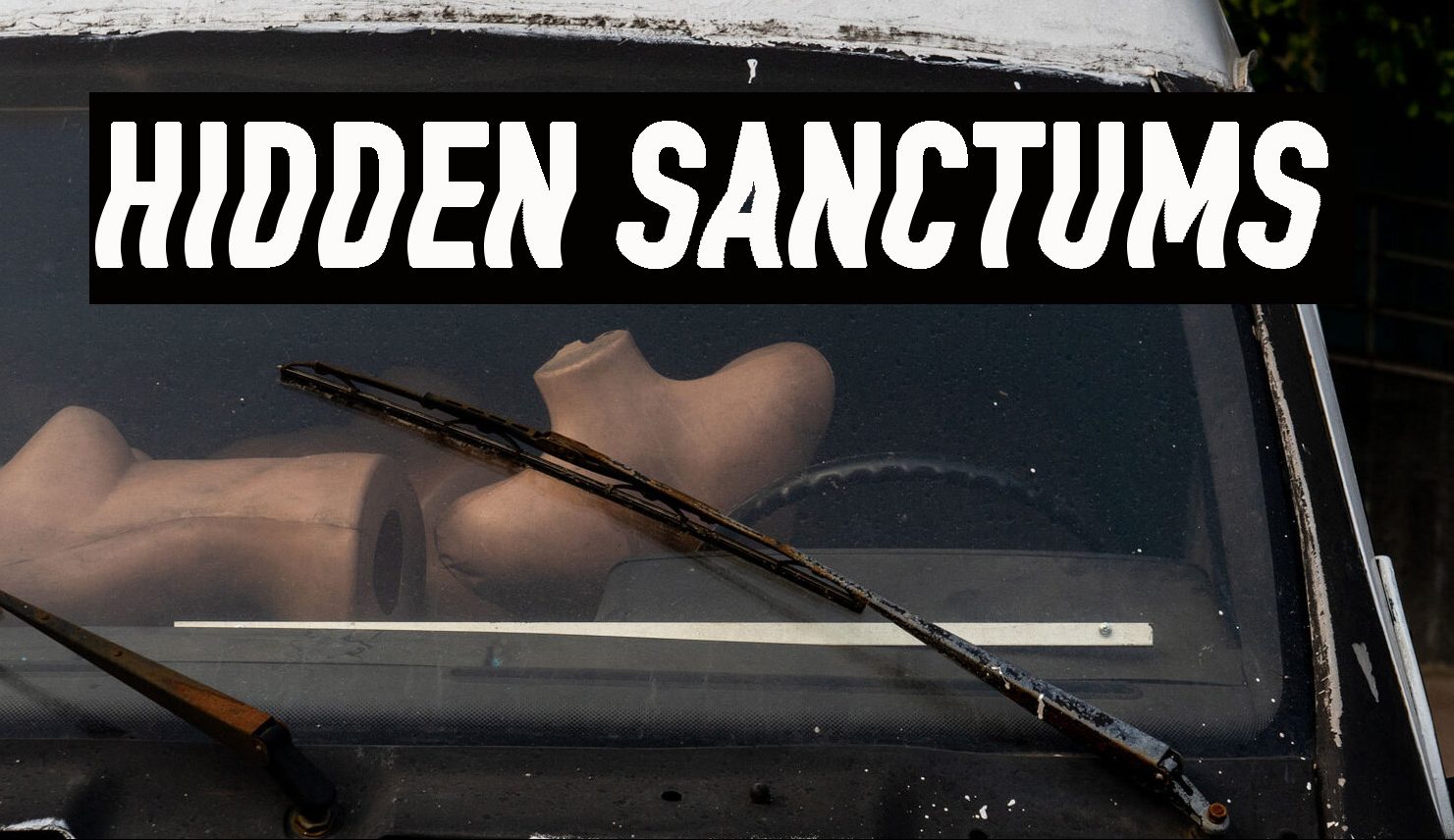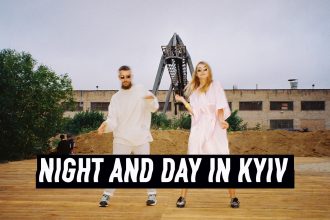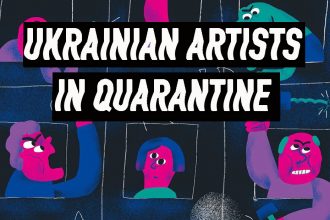Hidden Worlds: Photos of Kyiv Car Interiors by Dmytro Kataiev
Hidden Worlds: photos OF KYIV car INTERIORS by Dmytro Kataiev
Dmytro Kataiev’s photographs of car interiors in Kyiv offer a candid look at how for some people a car may be more than just a means of transportation. ‘Hidden Sanctums’ is a story about public and intimate spaces which contain funny, absurd and yet tender interventions. We talked with Dmytro about his project and his perception of the city.
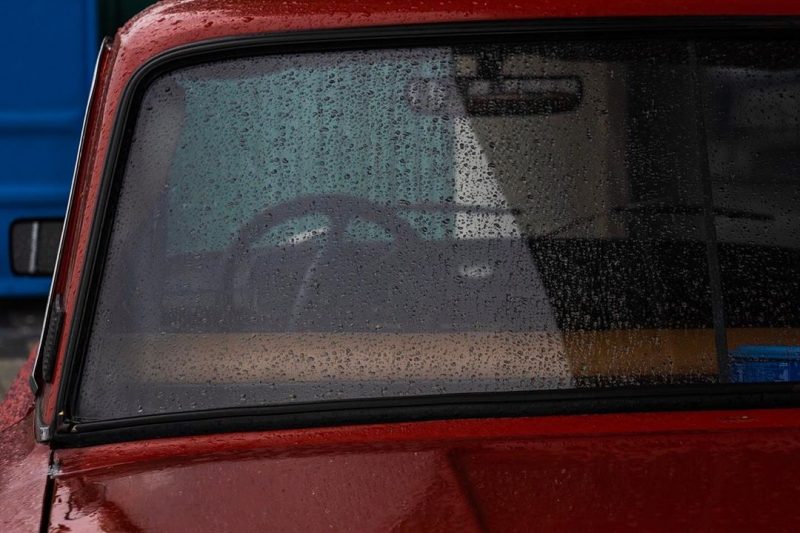

SEE-K: What is your main occupation? Is photography your profession or just a hobby?
D.K.: I started working in IT when I was a fourth-year student. Photography is my hobby that helps me to bring a touch of creativity to my life. It is also a way to learn how to observe and notice more interesting details around.
I’ve always been attracted to photography. My first memories in that sense are connected with my grandfather. I helped him to develop films in the bathroom of our small apartment where we lived with him, my mother and my grandmother. I also remember how I disassembled his Zenit camera and couldn’t assemble it back. Only a couple of years ago did I find a repairman who could do that. The next memory is a plastic point-and-shoot camera, my mom’s present. I was probably in the 5th grade of school. It costed something like 10 or 18 UAH back then and it was one of the best presents I’ve ever got as a child. Sure, my photos of that period were far from expressing an artistic voice or whatsoever. It was more about capturing different moments in a little boy’s life. I remember this excitement of waiting to see the pictures developed.
Then I took a long break from photography till 2012, when my uncle borrowed me his Canon 5D mark II and lots of photo gear for it. It felt like a window to the whole new world. I had no idea how to use this treasure but really enjoyed the photos that came out of it. It was in that period that I enrolled in a photography school. And that’s how it started… I’ve been learning ever since and it feels like it’s only a beginning.
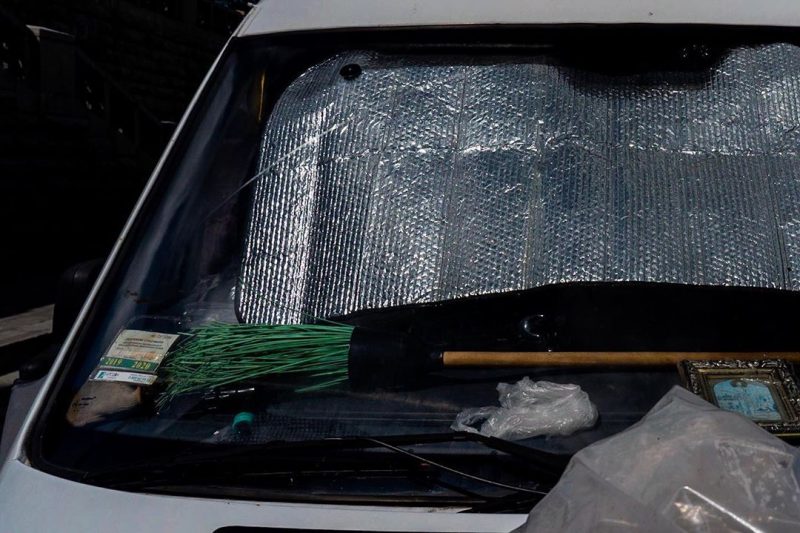
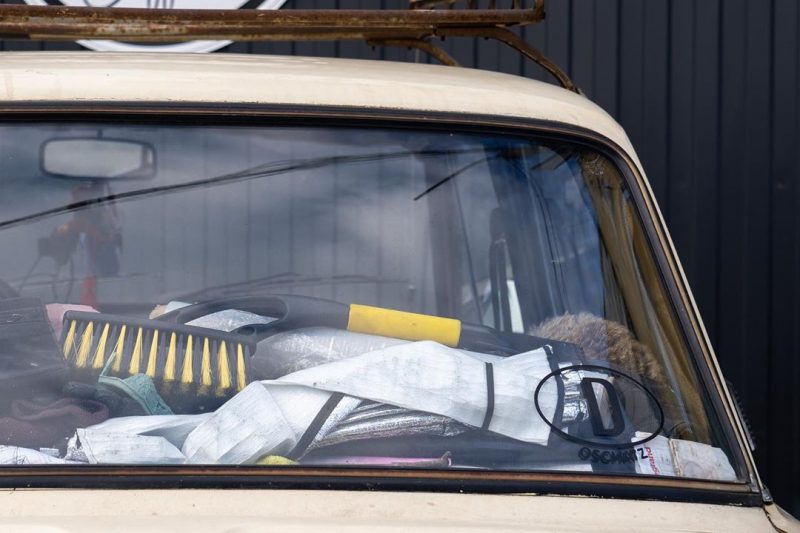
SEE-K: How pictures of the Hidden Sanctums series are made? Is it mobile photography? Do you have favourite spots where you find these cars?
D.K.: The process is simple. I’ve developed the ability to notice these type of cars even from a big distance. It happens when I walk around the city or on my way from work, and I always have my camera in the bag. Sometimes I go to the courtyards and it ‘waits’ for me there. It’s more likely to find them in old neighbourhoods, so I prefer the downtown and Podil areas, where one can find really interesting ‘pieces’.
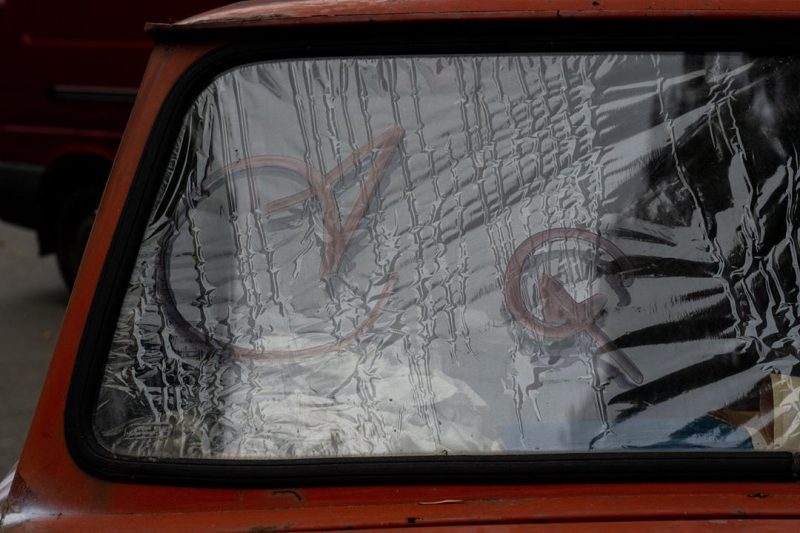
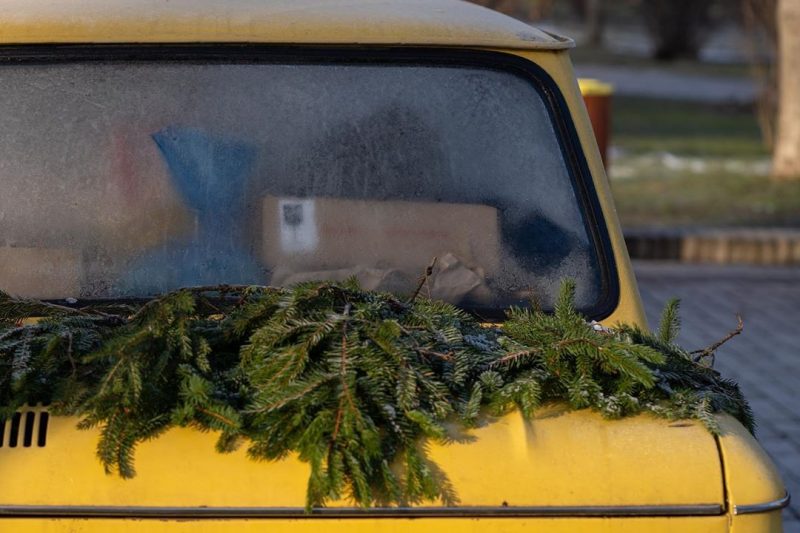
SEE-K: Do you remember how the first photo from the series was taken and how you realized it could become a broader story?
D.K.: The first photo was taken during one of the courses by Dmytro Bogachuk at Kyiv Photo School. This photo was just laying somewhere for a long time. I liked the colours and the details of that pic but I didn’t know what to do next. Then I made a couple of other photos in a similar vein but it all turned out rather lame. Later Dmytro told me during one of the classes to look for the cars that stand out with their colours or ‘inner world’, and that’s probably the moment when the idea was born. After that it became easy – you just go and shoot.
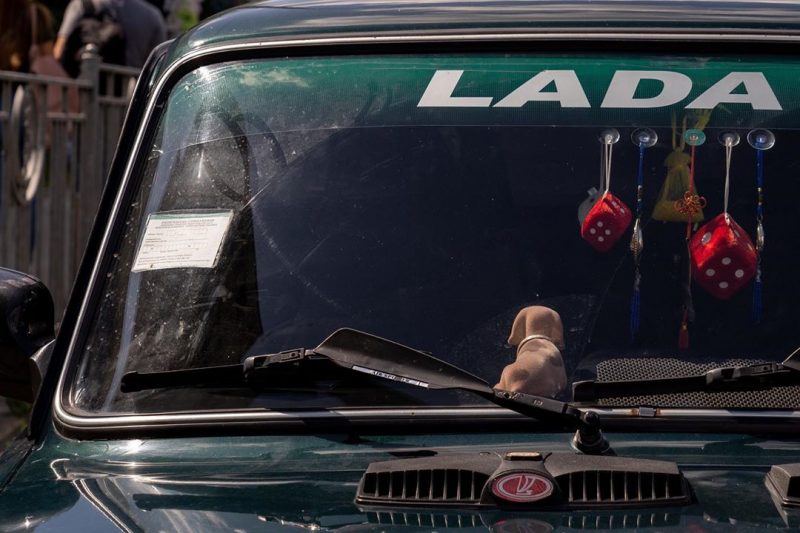
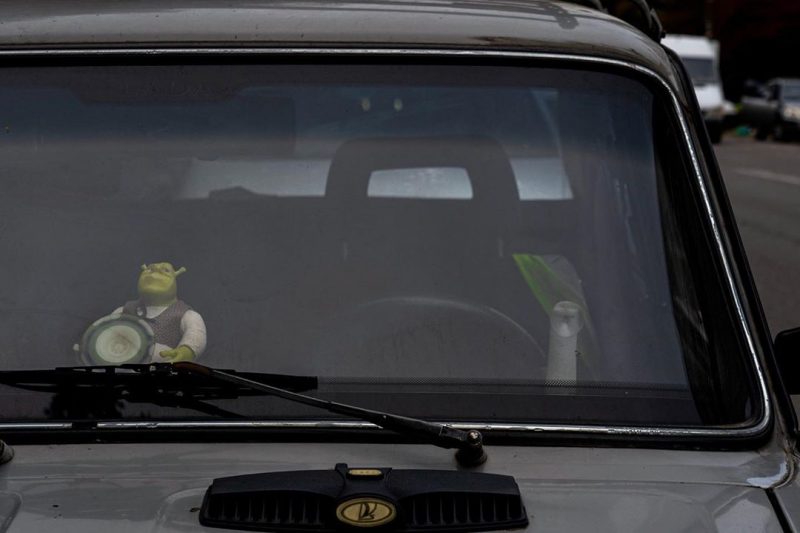
SEE-K: What these car interiors mean for you? Is it just an interesting or funny visual phenomenon or maybe a pretext to reflect on how we perceive our city and homes, how the personal and the public spaces intervene?
D.K.: I’d been thinking about this idea a lot, trying to sum it up in a few lines. Here what it gave:
It was said “A car is not a luxury, but a means of transportation” but for some people, their old car became more than just a means of transport but an intimate space with its unique interior, relics and atmosphere. The author tried to look inside these hidden sanctuaries which look inconspicuous, so everyone passes by not paying any attention.
So for me, it’s rather a way to have an insight into the inner world of the cars’ owners. It really is an intersection of something very intimate with the public space. When you get in a car, you’re tete-a-tete with yourself or with a person next to you while the only thing that protects you from the outside world is a thin glass. So you’re protected and visible for anyone at the same time. And this thin line is what I find the most interesting.
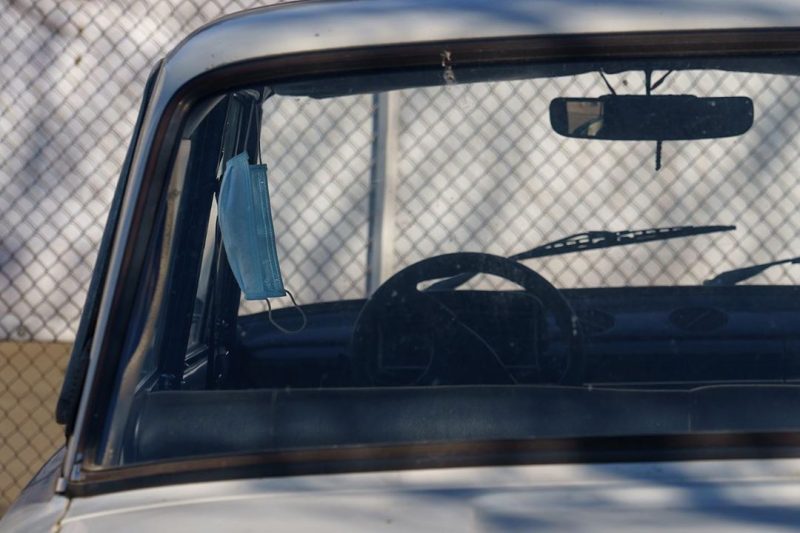
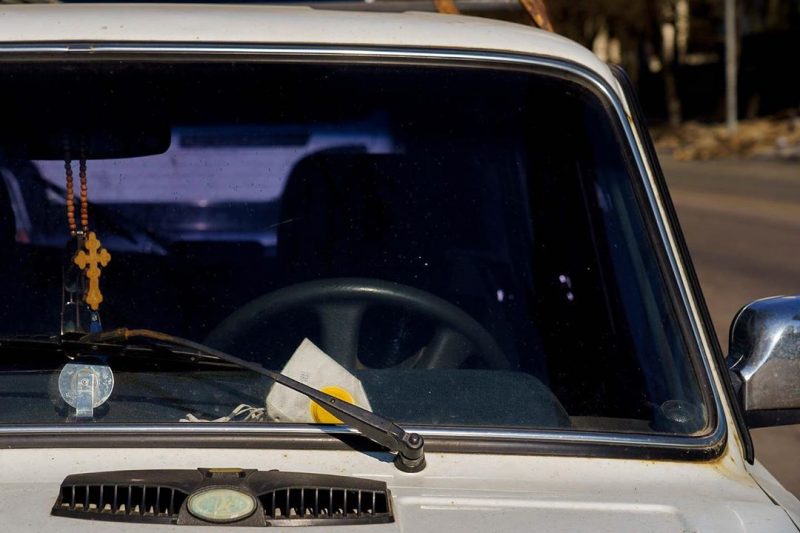
SEE-K: There is some touch of naive art in this desire to decorate the cars: small icons that are supposed to protect the vehicle and its owner, little curtains on the windows… How do you interpret it? Do these people perceive a car as their second home because they spend so much time inside? Is it an attempt to bring some beauty in their environment?
D.K.: I really like people who try to make the world around themselves better. That’s why I enjoy observing how they try to make their cars cosier. Sometimes the result is harmonious, sometimes rather grotesque. For some people, it just turns into a pantry to stock things that have no place at home.
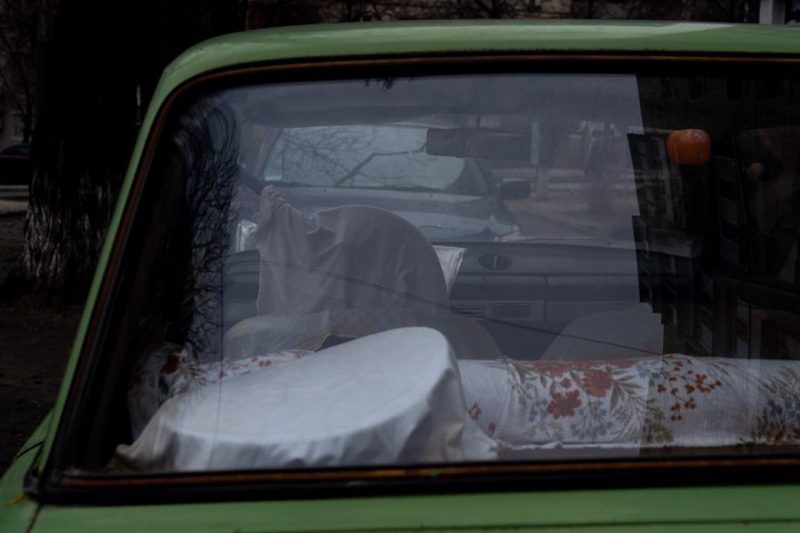
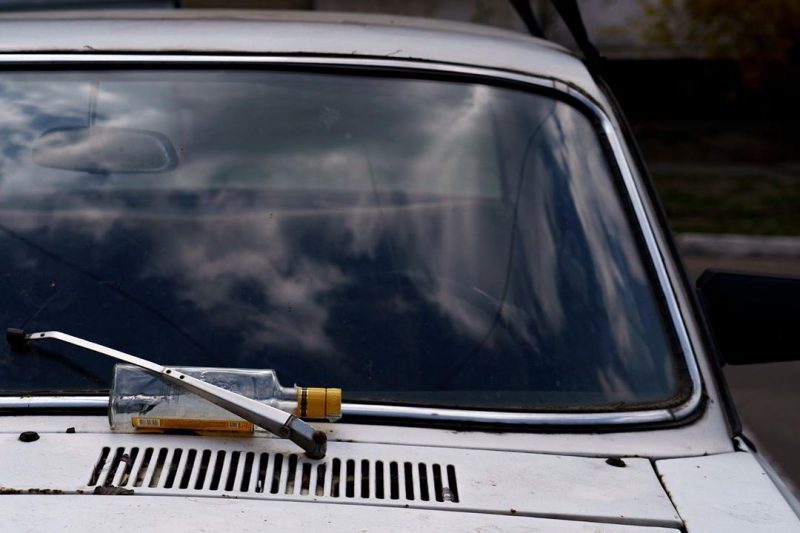
SEE-K: How would you characterize the owners of these cars? Is it a particular type of Kyiv dweller? Do you usually talk to them?
D.K.: I’ve only spoken with the owners a couple of times when they noticed I was taking pictures of their cars. I just try to be friendly, explain that I work on a project and show them the pictures. Usually, this is enough for a person to calm down. Sometimes they even suggest rearranging things inside in a better way, but I always insist on keeping everything as it is. Authenticity is very important to me.
About 6 months ago I had an idea to add the owners’ portraits and their short bios to the series. But then I decided it is better to leave viewers the freedom to imagine the owner of each interior.

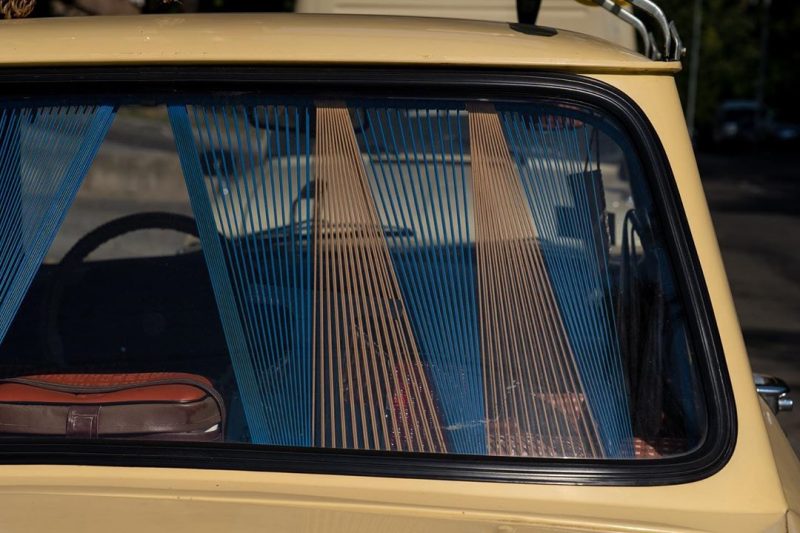
SEE-K: I think your photos fit a broader narrative about Kyiv’s visual identity. It makes me think of other projects in that direction, such as Balcony Chic and Kyiv Bag Digest. Are there any other visual phenomenon you’re attracted to?
D.K.: I think ‘Hidden Sanctums’ is a good example of how in our everyday hustle and bustle we don’t notice other worlds around us. We just pass by and don’t leave ourselves the possibility to notice, let alone to see better or understand something that might be very important for others. I don’t think it is a Kyiv’s local speciality, it’s more of a modern live particularity. This observation is very true for our relations with people, but I guess this is a topic for another conversation or project.
I do have some other ideas for a photo series or project but I am at the stage of research of content and form. I am not ready to share that for a moment. There are so many interesting and beautiful things around us that we consider just mundane.
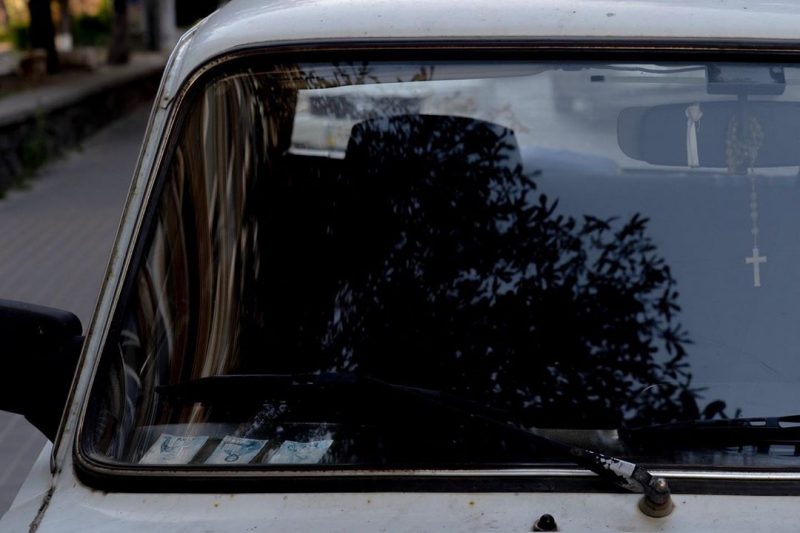
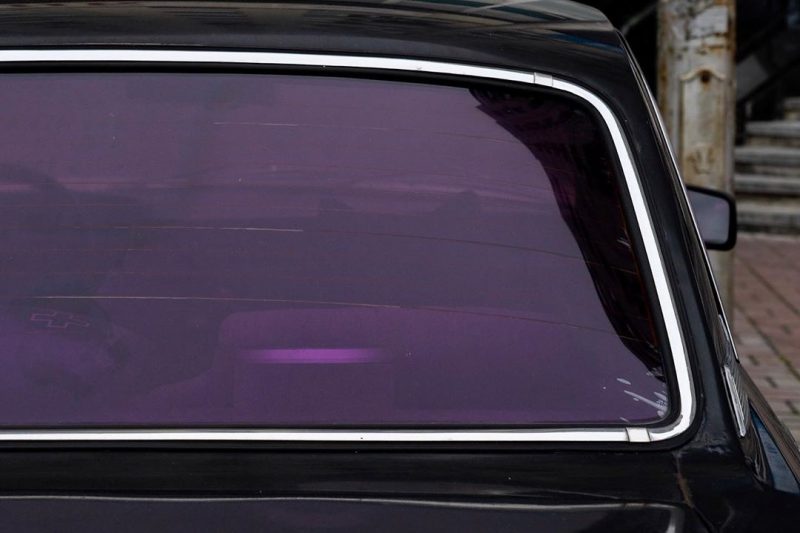
SEE-K: What’s next? Do you plan to showcase this project somewhere?
D.K.: For over two years, I’ve made around 80 photos. Now I’m in the most difficult stage of selecting the photos and defining how to present them. I haven’t decided on the format yet. I also follow the competition announcements that align with my topic.

